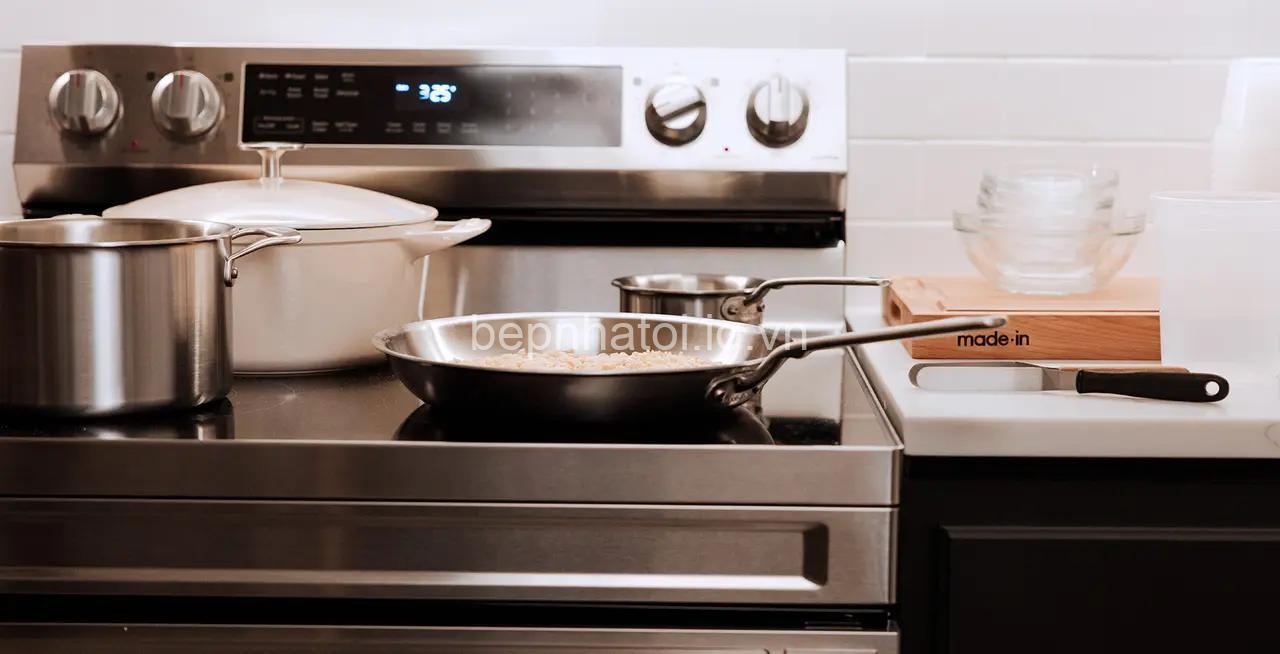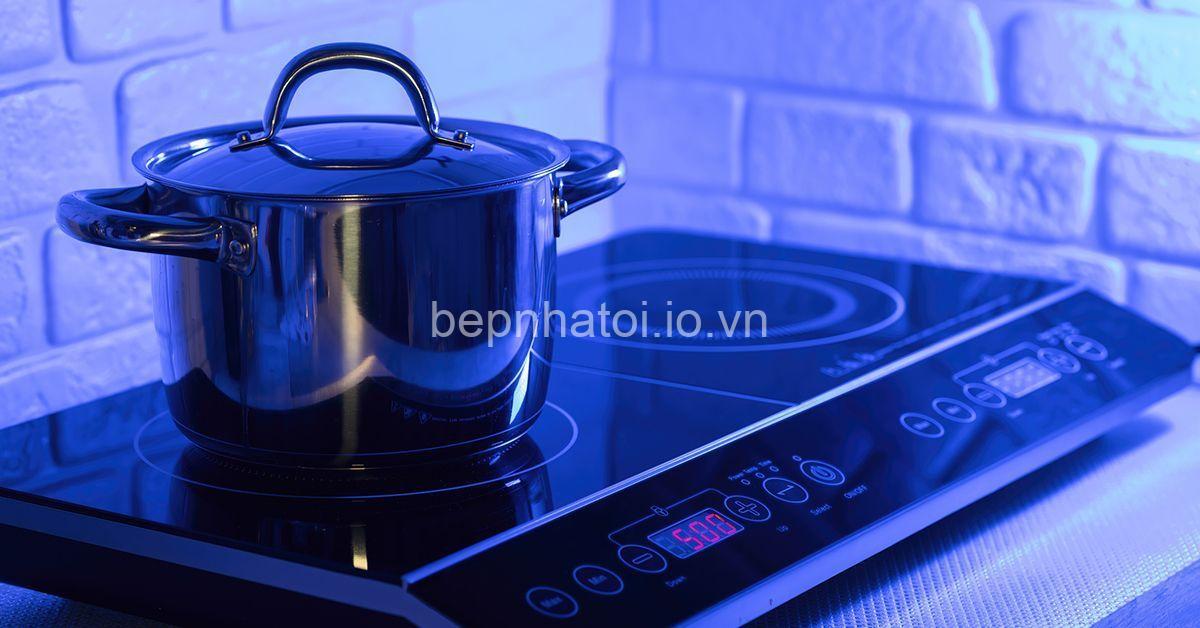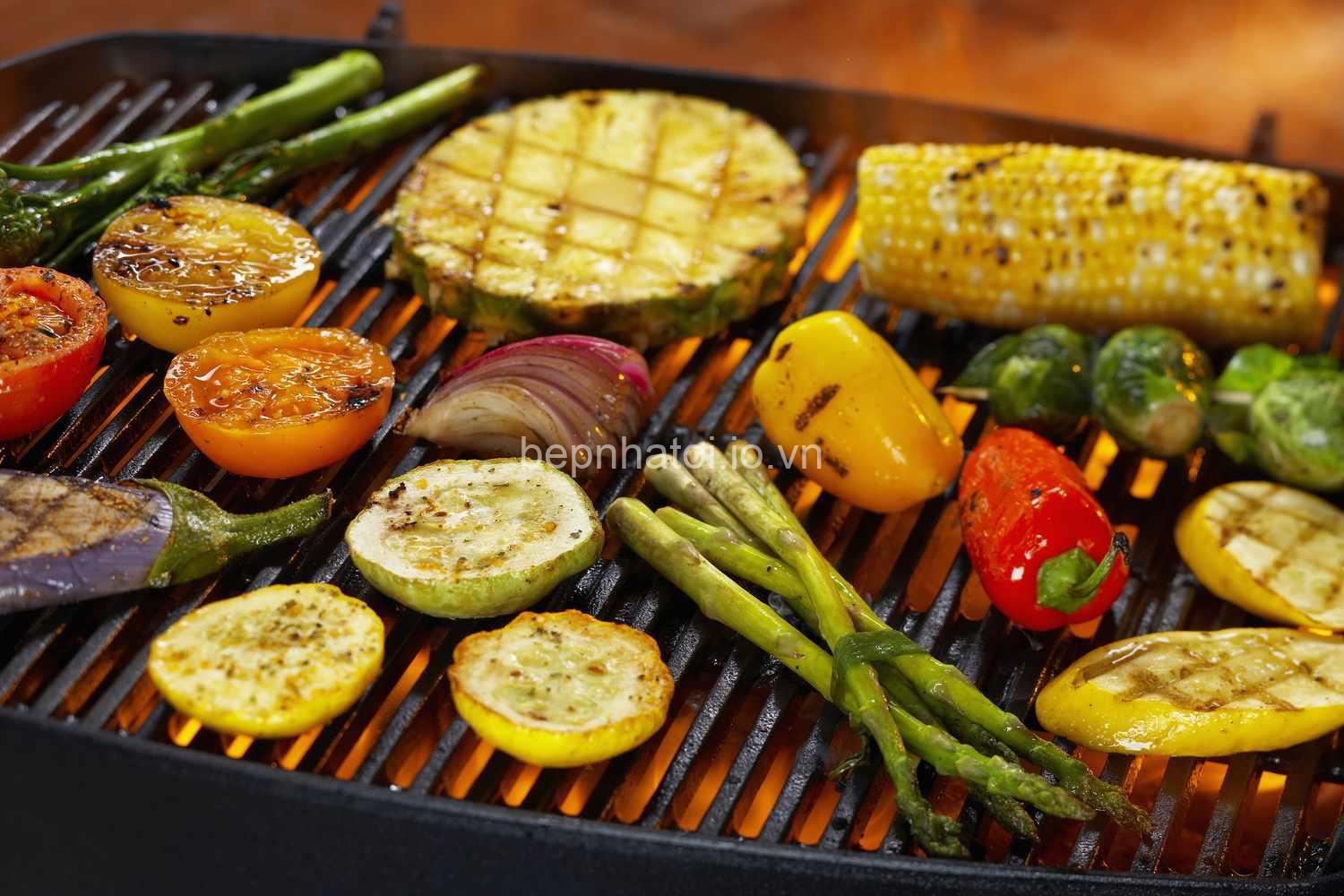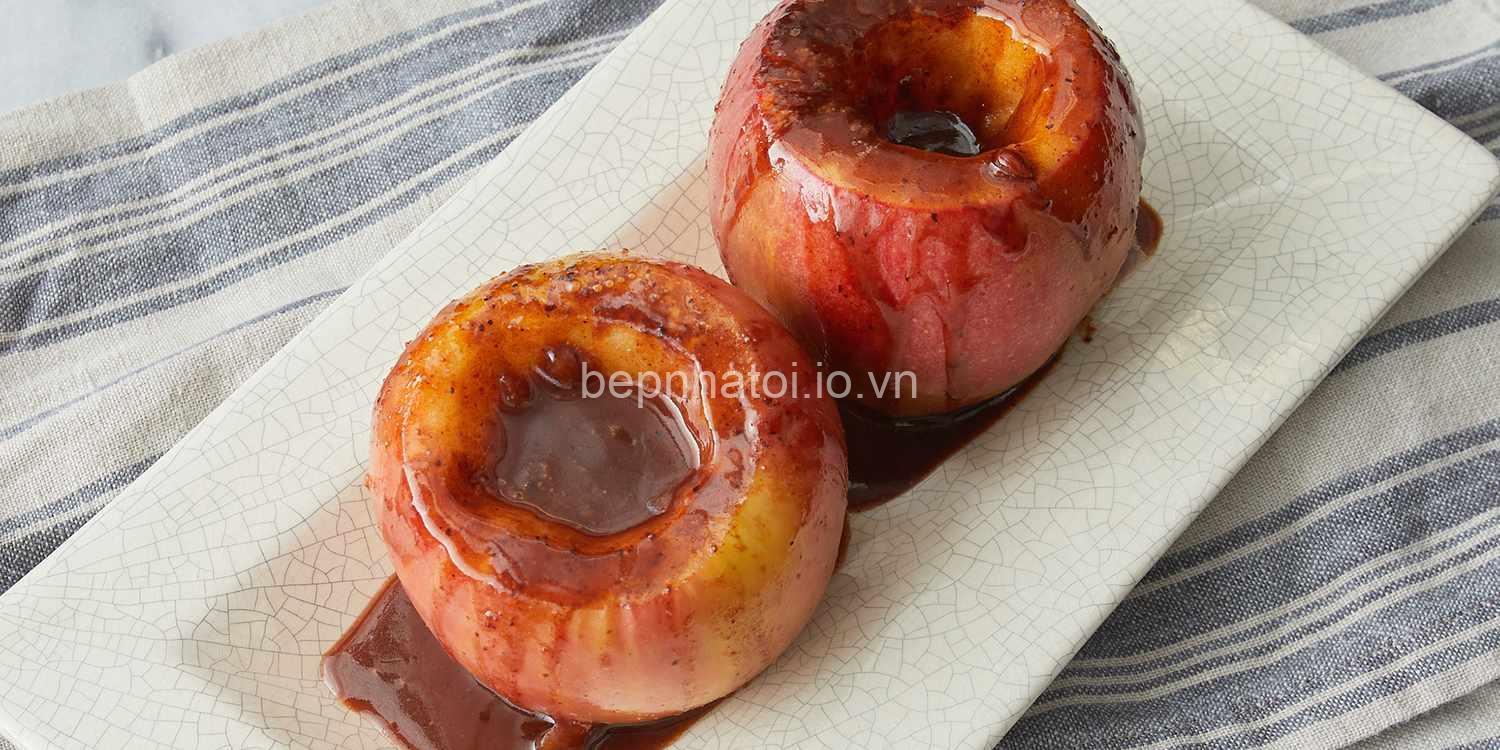
Frying on an Electric Stove: Techniques for Success. In today’s article, bepnhatoi.io.vn will explore with you in the most detailed and complete way. See now!
Frying on an Electric Stove: Techniques for Success
The key to successful frying on an electric stovetop is to understand the importance of preheating, choosing the right pan, and mastering oil temperature control. These factors play a crucial role in achieving delicious, evenly cooked results.

Why Preheating Matters:
Preheating is essential for any frying process, but it’s particularly important on an electric stovetop. This is because electric stoves take slightly longer to reach the desired temperature. When you preheat your pan properly, the oil heats evenly, ensuring consistent cooking and preventing food from sticking.
To preheat effectively, place your pan on the stovetop and set the heat to medium-high. Allow the pan to heat for 3-5 minutes, or until a drop of water sizzles and evaporates instantly when added to the pan.
Choosing the Right Pan:
The type of pan you use can significantly impact your frying results. For electric stovetops, cast iron and heavy-bottomed stainless steel pans are excellent choices.
-
Cast Iron Pans are known for their even heat distribution and durability. They heat up slowly but retain heat well, ensuring consistent cooking temperatures.
-
Heavy-Bottomed Stainless Steel Pans offer excellent heat conductivity and durability. Look for pans with a thick base, which helps prevent warping and promotes even heat distribution.
Mastering Oil Temperature:
Maintaining the correct oil temperature is critical for optimal frying. Overheating can lead to burning, while too low a temperature can result in greasy food.
-
Use a Thermometer: A deep-fry thermometer is the most accurate way to monitor oil temperature. It allows you to maintain the ideal temperature range for your specific recipe.
-
Visual Clues: If you don’t have a thermometer, you can observe the oil for visual cues. When a drop of water added to the oil sizzles and evaporates quickly, the oil is ready.
Food Placement and Handling:
Once the oil is hot, carefully place your food in the pan. Avoid overcrowding the pan, as this can lower the oil temperature and result in uneven cooking.
-
Avoid Spattering: To prevent oil splatter, gently slide the food into the hot oil rather than dropping it in.
-
Flip Carefully: Flip your food gently to ensure even cooking. Avoid pressing down too hard on the food, as this can release moisture and make it greasy.
Electric Stoves vs. Gas Stoves for Frying
While electric stoves offer convenience and safety, there are some key differences compared to gas stoves that may affect your frying experience.
Heating Time:
- Electric Stoves generally take longer to heat up than gas stoves. This can affect the overall cooking time, especially when dealing with large quantities of food.
Heat Distribution:
-
Electric Stoves can sometimes have uneven heat distribution, which can lead to inconsistent cooking results.
-
Gas Stoves often offer more even heat distribution, ensuring consistent cooking across the entire pan.
Temperature Control:
-
Gas Stoves typically provide more precise temperature control, allowing for quick adjustments and fine-tuning.
-
Electric Stoves can be less responsive to temperature adjustments, requiring a bit more patience and careful monitoring.
Understanding Electric Stovetop Operation
Electric stovetops operate using a heating element that generates heat through electrical resistance. There are several types of electric stovetops, each with its own characteristics:
How Electric Stovetops Work:
-
Coil Stovetops: These stovetops feature coiled heating elements that generate heat. They are relatively affordable but can be slower to heat and have less precise temperature control.
-
Smooth Top Stovetops: Smooth top stovetops use a flat, smooth surface with heating elements underneath. They are stylish, easy to clean, and offer better heat distribution than coil stovetops.
-
Induction Stovetops: Induction stovetops use magnetic fields to heat cookware directly. They are incredibly efficient, heating up quickly and offering precise temperature control. However, they require cookware that is compatible with induction technology.
Safety Considerations for Frying on an Electric Stovetop
Frying on an electric stovetop can be just as enjoyable as frying on a gas stove, but safety should always be a priority.
Oil Spattering:
-
Avoid Overheating: Overheating the oil can cause it to splatter violently. Ensure you heat the oil to the appropriate temperature for your recipe.
-
Proper Pan Placement: Position your pan correctly on the burner, ensuring it’s centered and stable to minimize the risk of spills.
Using Heat-Resistant Gloves:
- Protection from Burns: Always use heat-resistant gloves when handling hot pans and hot oil. This will protect your hands from burns and ensure safe handling.
Types of Electric Stovetops for Frying
Choosing the right type of electric stovetop can significantly impact your frying experience. Consider the advantages and disadvantages of each type:
Coil Stovetops:
- Pros: Affordable, durable, widely available.
- Cons: Slower heating, potential for uneven heat distribution, less precise temperature control.
Smooth Top Stovetops:
- Pros: Stylish, easy to clean, better heat distribution than coil stovetops.
- Cons: Can be more susceptible to scratches, may require specialized cleaning products.
Induction Stovetops:
- Pros: Incredibly efficient, fast heating, precise temperature control.
- Cons: More expensive, require induction-compatible cookware.
Frying Recipes for Electric Stovetops
Frying on an electric stovetop can be a delightful culinary experience. Explore a variety of recipes designed specifically for electric stovetops, ranging from crispy fried chicken to flavorful vegetable stir-fries.
Electric Stovetop Brands & Recommendations
A wide variety of excellent electric stovetops are available in the market. Research reputable brands known for their quality and reliability. Consider factors such as features, price, and user reviews.
Additional Resources
For more information and in-depth insights into frying on an electric stovetop, explore reputable online resources such as cooking websites, blogs, and forums.
FAQs About Frying on an Electric Stovetop
What are the advantages of using an electric stove for frying?
Electric stoves are generally safer and more energy-efficient than gas stoves. They also offer a wider range of temperature control options and are easier to clean.
Can I use any pan on an electric stove for frying?
While you can use many types of pans on an electric stovetop, certain types are better suited for frying. Cast iron and heavy-bottomed stainless steel pans are ideal choices due to their even heat distribution and durability.
How do I preheat an electric stovetop for frying?
Set the heat to medium-high and let the pan heat up for 3-5 minutes, or until a drop of water sizzles and evaporates instantly when added to the pan.
What is the ideal oil temperature for frying on an electric stove?
The ideal oil temperature varies depending on the type of food you’re frying. Use a thermometer to monitor the oil temperature and maintain the appropriate range.
What are some safety tips for frying on an electric stovetop?
Always use heat-resistant gloves, avoid overcrowding the pan, and keep a watchful eye on the oil temperature to prevent splattering. Be cautious when handling hot oil and pans.
Conclusion
Frying on an electric stovetop is a great way to enjoy delicious crispy food. With the right techniques, you can achieve perfectly cooked results. Explore our website, bepnhatoi.io.vn, for more tips and information about pet care. Don’t hesitate to leave a comment below, share this post with your friends, or browse our website for more helpful content!





